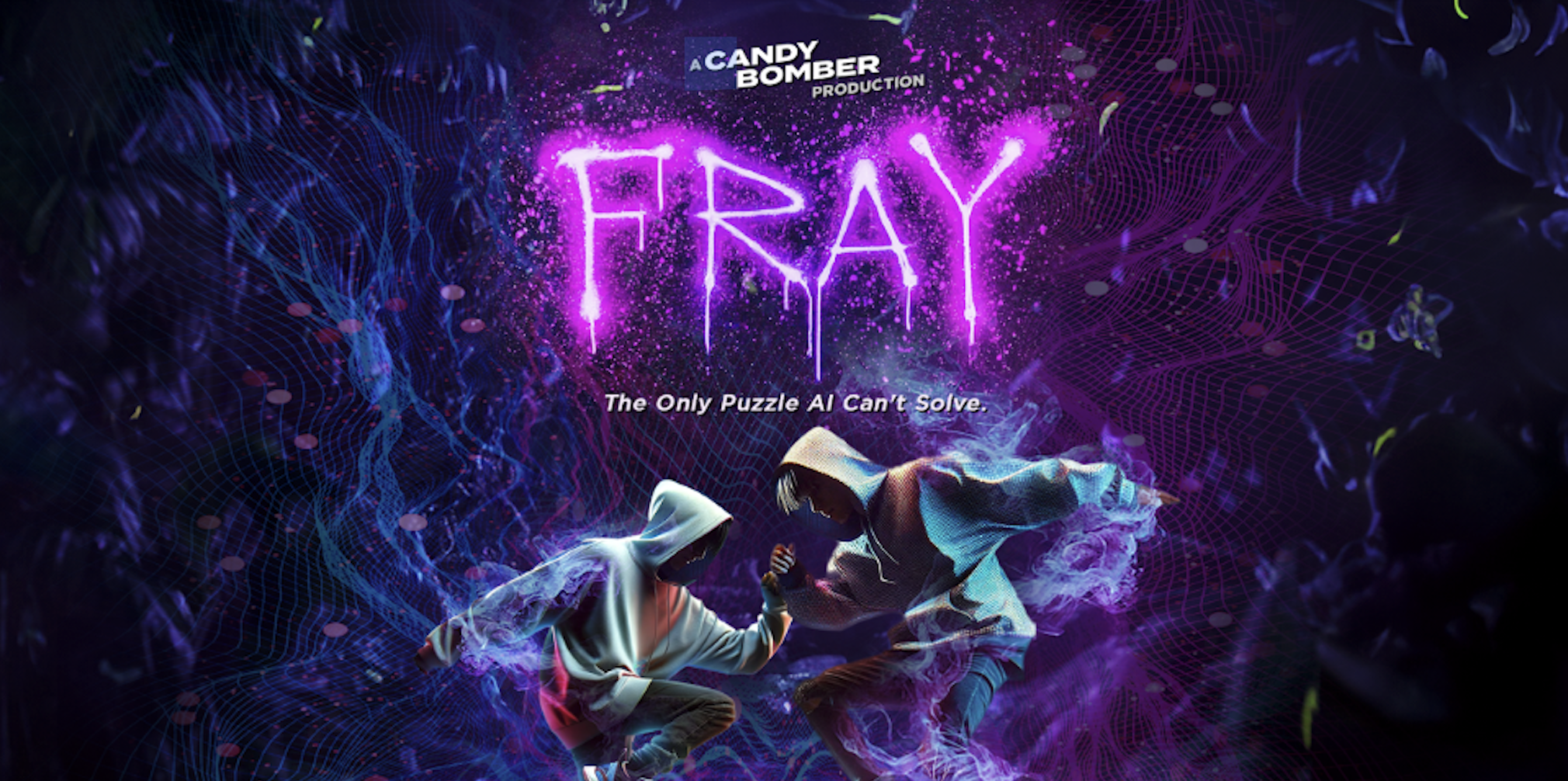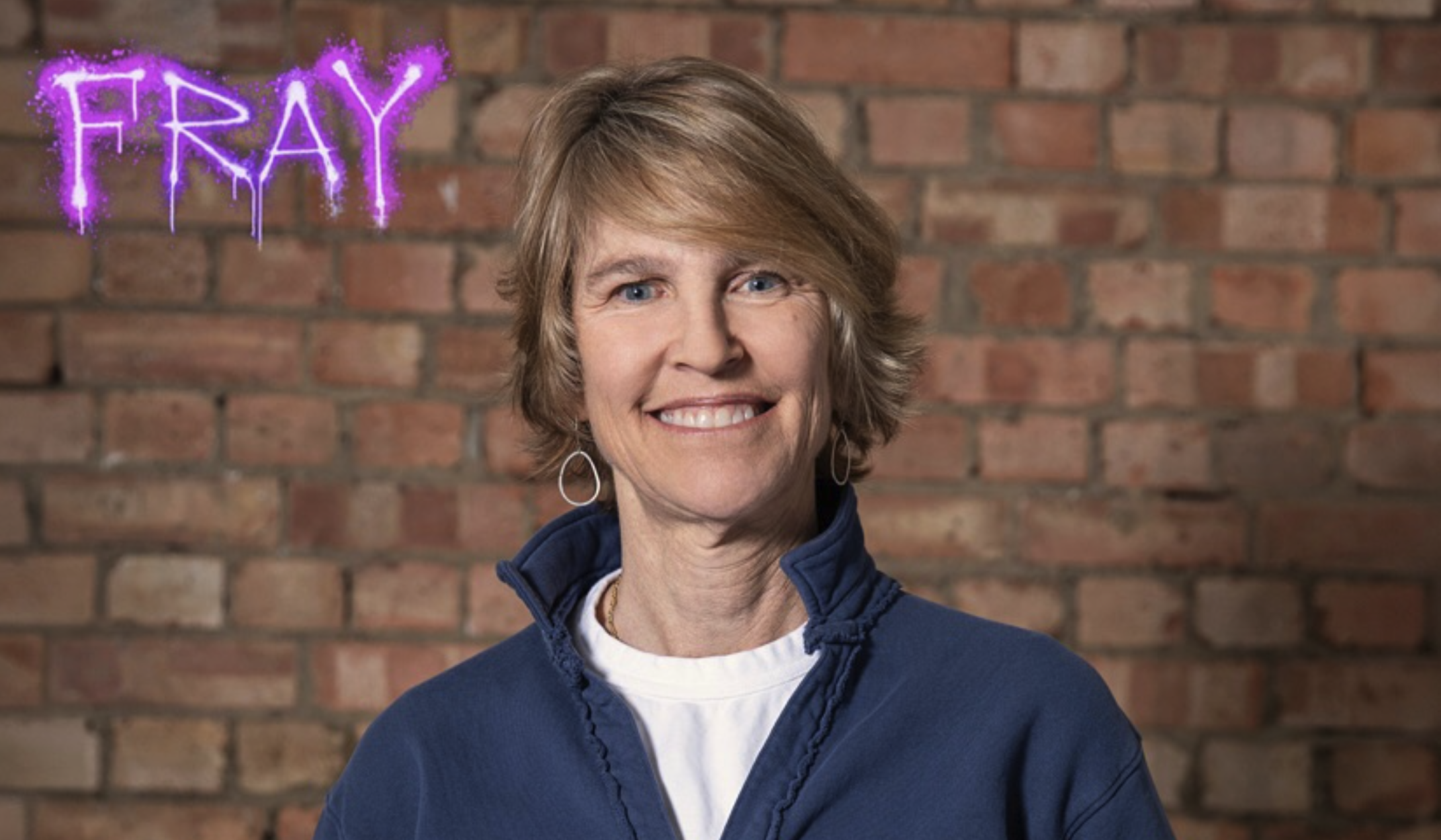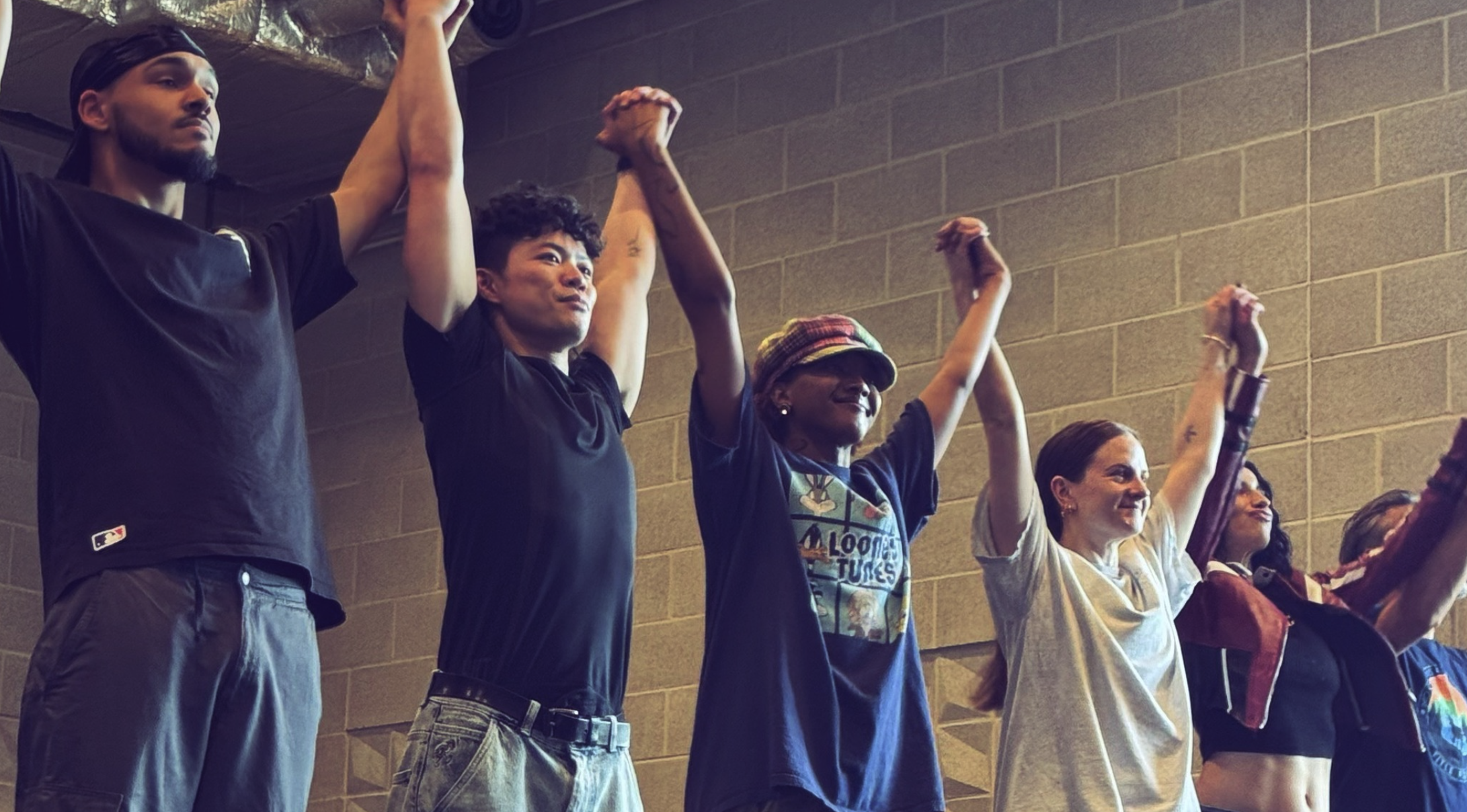An Interview with Kate Duhamel of FRAY
FRAY explores the cutting edge of hip-hop dance theater, presenting a narrative about two brothers in evolving world. We caught up with Executive Director, Producer & Writer Kate Duhamel to learn more...

Hi Kate, can you take us through the inception of FRAY? What was the initial spark that you are looking to explore?
With FRAY, I want to tell a story that is real, relatable and thought-provoking, that creates a sense of connection for the audience. I also want to tell an inspiring story, that is communicated via the quality and creativity of the performance on stage, but also for the message it leaves the audience with. I set out to create a live dance show from an original story that is hip-hop dance theatre.
Originally, I brainstormed ideas with a US dancer I had worked with on previous film and live performance projects, as ideas took shape over several months, we found that we both shared the experience of loving someone who is struggling in some way. This shared experience resonated deeply as the core dramatic challenge within the FRAY story, hence the name FRAY, meaning a relationship becoming frayed. It has been so gratifying through developing this project to witness relatability and connection that the many collaborators have felt with the FRAY story, and also that of audiences who have shared with us after seeing it.
Gaming was mentioned during story development and I thought it was a creative way to tell some parts of the story. As the FRAY story developed, gaming emerged as the central passion of the two main characters and their exciting, private world. Within this story, gaming presented itself as one of those experiences where the story finds the writer. Truly inspired, this paved the way for me to expand the project to include a real video game, working with a game studio in Spain, and developing a game for PCs that will be released around the show.
Based on the same FRAY story, the game challenges the player to improve in order to gain enough energy to carry the older brother to the final level. As a rhythm-based game, the players have to stay on the beat of the music, which means they truly have to become dancers in order to play the game. We look forward to exploring the intersection between games and interactive performance more, and will be developing this after we get the show on its feet.
We also brought into reality one of the short games the brothers built for a contest in the story, this became the mobile game called “FRAY Jam” which audiences are invited to play on their own devices and is available in app stores now.

What’s it been like working so closely with dance artist Jonzi D? Have you found a creative synergy?
Jonzi and I are collaborating as Artistic Director and Director respectively, meanwhile, Ola Papior is our Choreographer alongside two Music Supervisors, Micall Parknsun and Rommel Arasa. We have also worked with the award-winning Soweto Kinch who has given us recorded material to use within the show.
My work with Jonzi D has involved drilling down to each scene of the script I wrote, discussing the character’s intent, the narrative arcs and direction as well as staging. We then take that discussion to the music team and Ola, who works with the dancers to develop the choreography, eventually workshopping and building out each scene in the studio with the dancers and actors. Within the show there are five speaking roles in addition to Lucious, the AI character, resulting in a lot of work on dialogue and staging. Jonzi has brought a lot to FRAY to ground it authentically in hip-hop language and spoken word, movement and music.
A big personality, Jonzi brings his infectious energy to rehearsals, alongside colourful character direction and a strong voice helping to navigate us through the piece. Jonzi also prompted the look of the Lucious character in the AI program! It's been such an enriching and fun experience to work so closely with him.
FRAY is described as ‘hip hop dance theatre meets AI and gaming’. What have the challenges been in pulling this off?
AI has become a big player in this show! In the FRAY story, the brothers enter a contest to build a video game. Ziya, the older brother, eventually creates a character using an AI program named Lucious and is a key character in the narrative, speaking, dancing and interacting with the characters on stage. Building Lucious was a multi-step process, starting with the recording of his dialogue, and then filming a live dancer, Dalvin Soll, to capture the movements and dialogue that was paired with this. Elias Stevenson, a 3D modeller then built the Lucious avatar and connected it to Dalvin's moves. Finally, the Lucious avatar is put back into the virtual landscape which is then projected on screen during the show.
All of this work involves extensive use of AI computer programs to generate scenes and animate the character. We are on the cutting edge of 3D modelling and AI with Lucious, as his face will also exactly mimic the dancer's face and mouth as he moves and speaks.

Could you hint at the journey that protagonists Tullio and Ziya go on through the production?
At its core, the FRAY story is about the relationship between two deeply bonded brothers. The story is titled FRAY because we see their relationship fraying as the older brother is lured into a murky world, where the lines between digital and real become blurred. I hope that FRAY leaves audiences with thought-provoking questions about how AI creates new pathways for technology to enter into human relationships, and most crucially, I hope audiences leave with a deeper appreciation for the necessity of human connection.
Learn more about FRAY here.